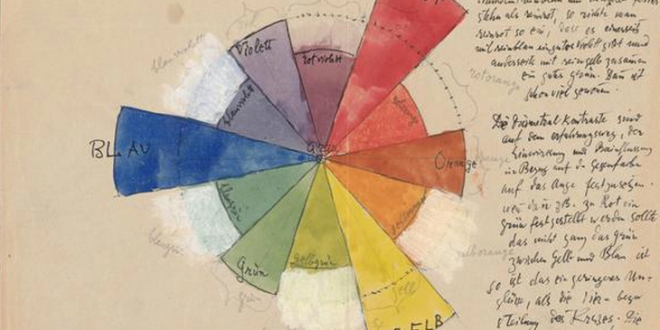Reading Group
Fall/Winter 2020/21
Ekphrasis: Text-Image Denkräume
Ekphrasis: the rhetorical figure of giving visual images a textual voice, that is, the textual representation of visual images.
From the definition of ekphrasis as a rhetorical figure towards its existence as fundamental method for the work of iconologist and art historians, the history of ekphrasis as an encounter between the textual work and the visual imagery shows itself to be an opportunity for inquiries into the political, historical, and aesthetic dimensions of intermedial encounters. The translation of the visual image into the textual frame displays power structures between media that are historically and conventionally inscribed into this intermedial relationship. Particularly in the 1990s, scholars such as W. J. T. Mitchell highlight in their call for the recognition of the representational field and, thus, the semiotic nature of both textual and visual media, the underlying iconoclasm and iconophobia of historic incorporations of visual images in texts. A shared semiotic essence of different media provides these scholars the opportunity to diagnose power structures at work in cultural formations. To name just a few examples: Leonardo Da Vinci’s Paragone and Gotthold Ephraim Lessing’s treatise of the Laokoon are such frameworks for the reading of intermedial encounters that are, following Jacques Derrida’s thought on the parergon as supplement, an “addition to the ergon” (Truth 54), which attempt, in my view, to discharge the aesthetic agon and dialogical encounter at work in these media dramas. I am suggesting a reading of ekphrasis throughout historical and cultural constellations as the mise en scène of the dramatic encounter of media.
This overt interest and engagement in the 1990s with ekphrasis as an intermedial phenomenon astonished me; since astonishment is a good starting point for our work as scholars in the Humanities, I am proposing this reading group. The semiotic equation of media undercuts in my understanding our reception of the space opened by artists and critics particularly in the first half of the 20th century for thought; a space the Jewish German art historian Aby Warburg called Denkraum (thought-space).
Besides the major inquiry into text-image relations and the nature of the sister arts topos in historical and cultural constellations, we may ask ourselves:
- Can we transfer concepts of translation theory onto ekphrasis?
- What narratological insights ekphrasis reveals and how these insights reflect the historical narrative trends (e.g. realism, symbolism…)?
- How Iconology and Iconography rely upon ekphrasis and the text as “Bilderfahrzeug” (image automobile)?
- If the encounter between text and visual image highlights a materiality of the text?
- Can we assume an allegorical underworking in ekphrastic writing?
- If ekphrasis works as textual museum, what insights are we gaining from an engagement with these text in terms of provenance?
I am suggesting a reading group for the fall- and winter term that meets online (due to the current situation) every second week of the term for 90 minutes. In this reading group we will engage with texts of different genres that construct by their inherent intermedial drama such a Denkraum: We will read texts from the major literary categories of novel, drama, lyric as well as prose writings of critics and scholars, artworks, music pieces, photograph-text relations and digital manifestations of ekphrasis.
If you are interest in joining this reading group and take a look at the reading list, please reach out to me: andre.flicker@mail.utoronto.ca The reading list I am offering is preliminary and reflects my current knowledge and engagement with this theme. The reading list is just a suggestion to get you thinking. Any ideas and suggestions to broaden the current scope of the reading list as well as interests in presentations or discussions of ongoing research are more than welcome!
 Department of Germanic Languages & Literatures University of Toronto
Department of Germanic Languages & Literatures University of Toronto
